How To Choose The Right Putter For You
With so many options in the putter market, what do you need to consider when selecting the right one for you?

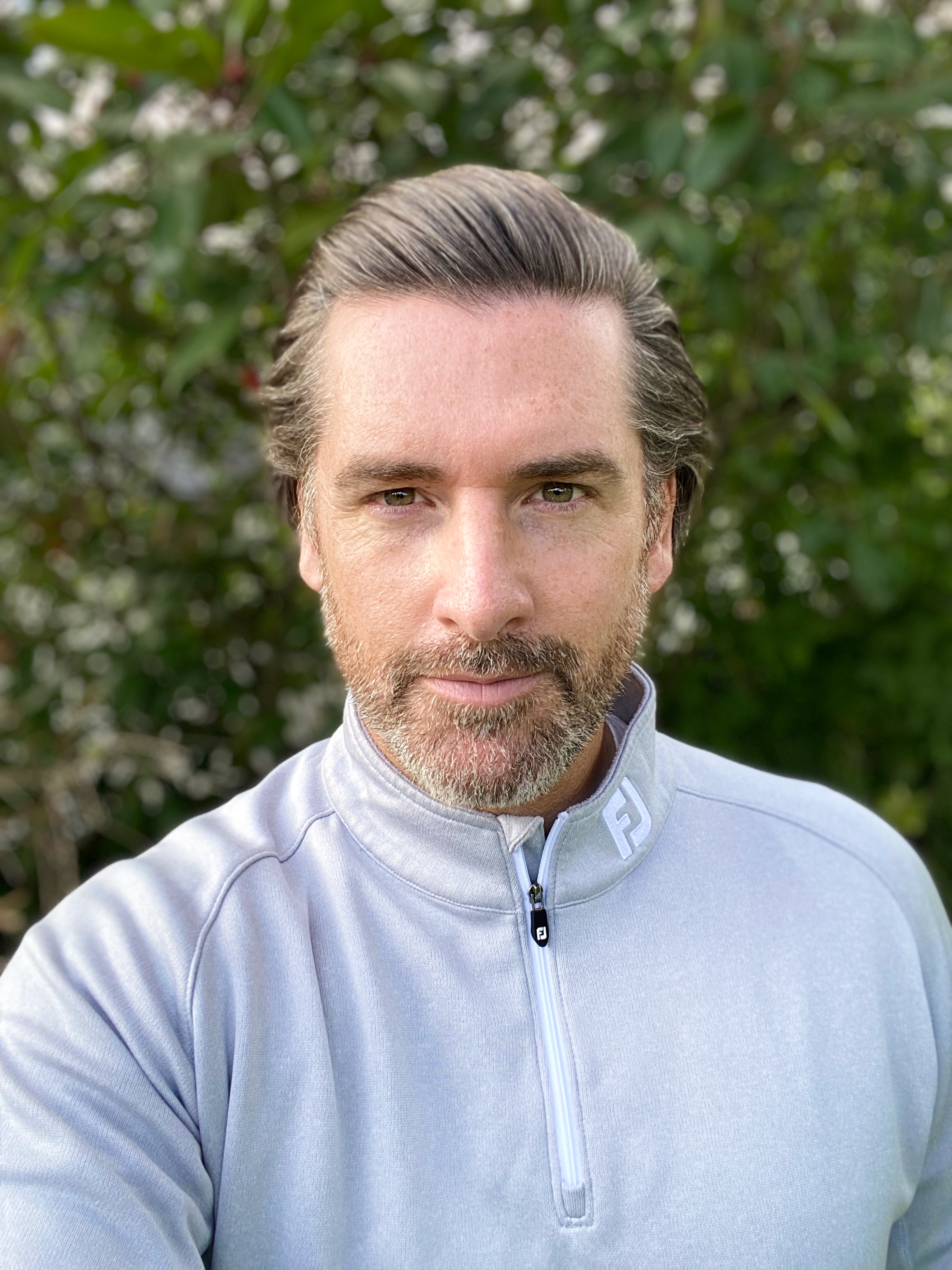
As the most used club in your bag, it is crucial to have a putter that you love and that suits your stroke. However, walk around any pro shop or golf retailer and the multitude of options available can be a bit overwhelming. Where do you start? Let's take a look into some of the areas that differentiate these putters and clarify which of the best putters available today might be suitable for you.
Head shape
One of the first things to consider when choosing a putter is head shape. The sizes and shapes of a putter can vary greatly but can basically be split up into two categories - blade or mallet. A blade putter is generally much shorter in depth from the face to the back and is considered a more traditional choice which provides less forgiveness but more feedback to the golfer. Players such as Tiger Woods and Jordan Spieth favor the blade-style putter.
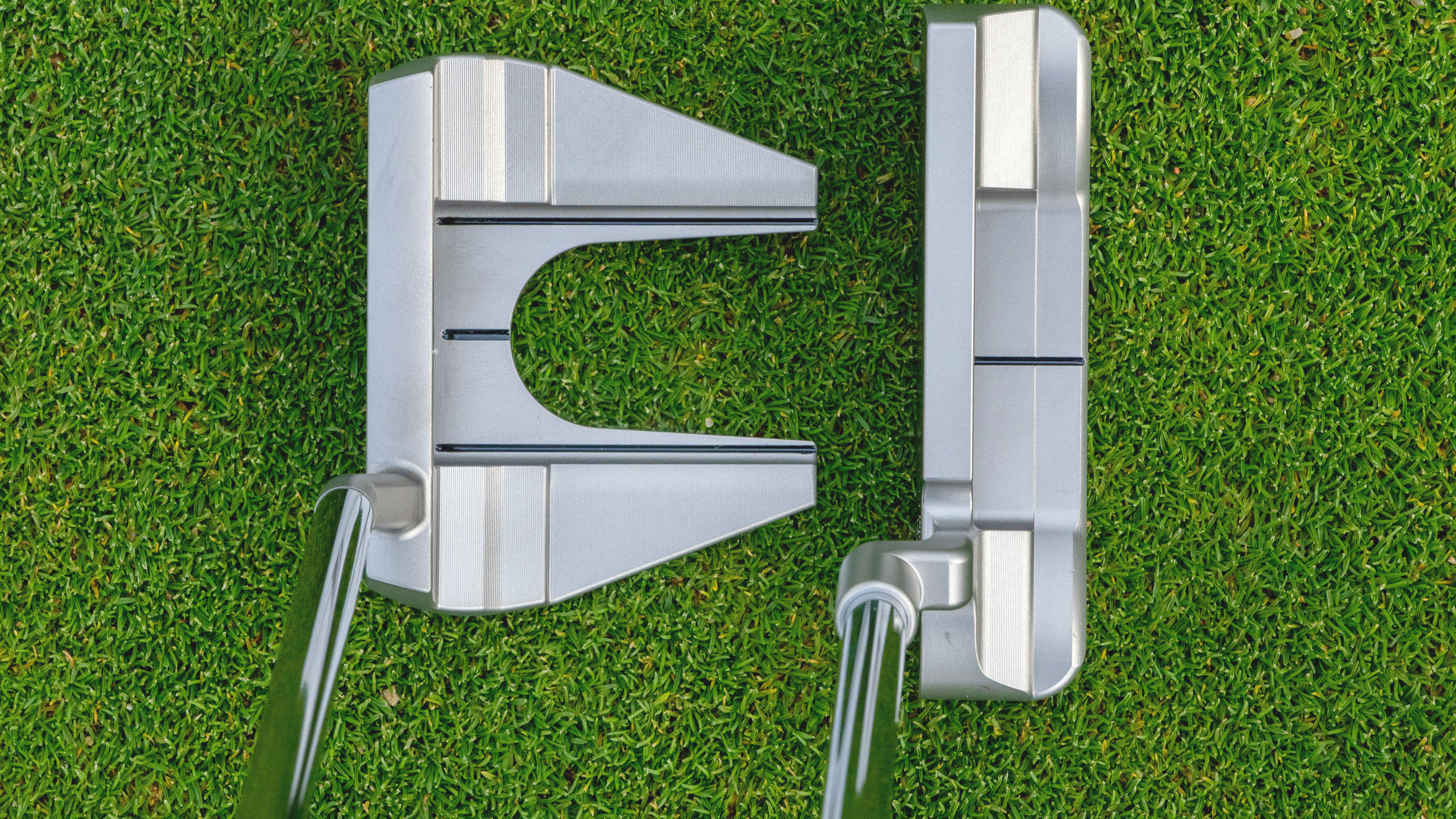
Mallet (left) and blade (right) putters
Mallet putters, as you might deduce from the name, generally have a larger footprint than their blade counterparts and are much deeper from front to back. They come in numerous shapes and sizes, from semi-circle to square and just about everything in between. The design of a mallet putter provides a couple of performance benefits. Firstly, because of the extra depth, mass can be pulled away from the face and be distributed further back and often wider, which provides more stability on off-center strikes generally making mallets some of the most forgiving putters. Another benefit of the mallet is that the added surface area provides more opportunities and variety for adding alignment aids. Many of the best mallet putters feature long and multiple alignment lines which many find helpful.
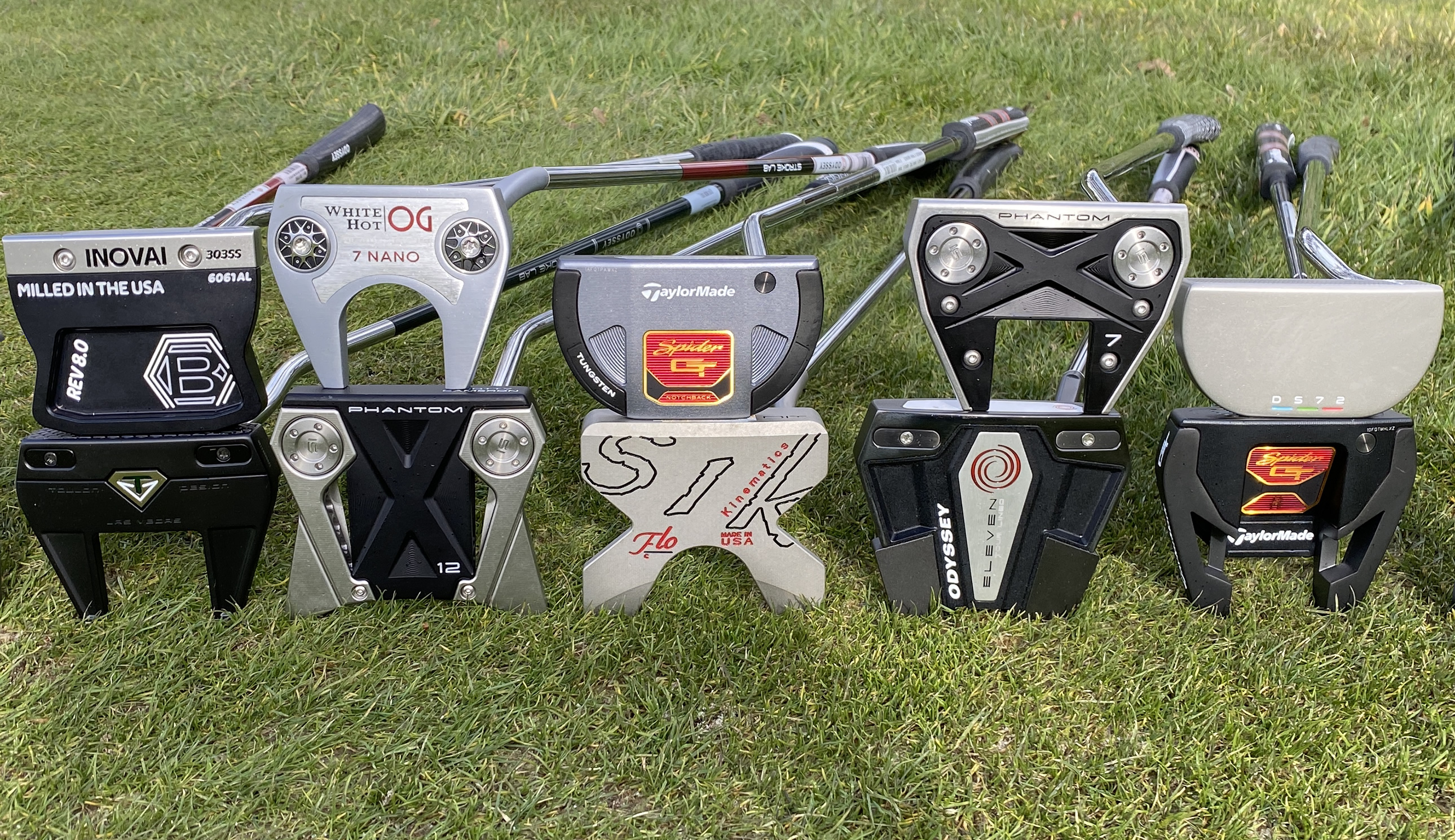
A selection of mallet style putters
For someone just starting out in the game, taking advantage of the added forgiveness of a mallet putter may be prudent. Why not take a look at our guide to the best putters for beginners for more information.
Toe hang or face balanced?
Another point to consider when selecting a putter is what style of head will suit your stroke. The terms toe-hang and face-balanced refer to the orientation of the clubface when held unaided, allowing gravity to find the clubhead's natural balance point. Putters with toe-hang will, predictably, settle in a position with the toe of the club hanging down towards the ground to varying degrees, whereas, with a face-balanced putter, the face will look directly at the sky. In recent years, there has actually been the introduction of another category here, where the toe of the putter points up to the sky in the same test. Odyssey called their version of this the Toe Up and L.A.B Golf refers to this as “lie-angle-balanced”.
In terms of performance, generally, the more toe hang a putter has, the more it promotes face rotation so is thought to favor those players with a more pronounced arc to their stroke due to the face being able to stay squarer relative to the path easier. Face balance on the other hand encourages less rotation of the face and as such suits players who prefer a more straight back and through style with minimal arc.
The aforementioned third category encourages even less rotation of the blade. Lucas Glover incorporated this technology into a broom handle-style putter to overcome years of struggle with the yips to capture the 2023 Wyndham Championship and the 2023 Fed Ex St. Jude Classic in back-to-back weeks.
Get the Golf Monthly Newsletter
Subscribe to the Golf Monthly newsletter to stay up to date with all the latest tour news, equipment news, reviews, head-to-heads and buyer’s guides from our team of experienced experts.
Alignment aids
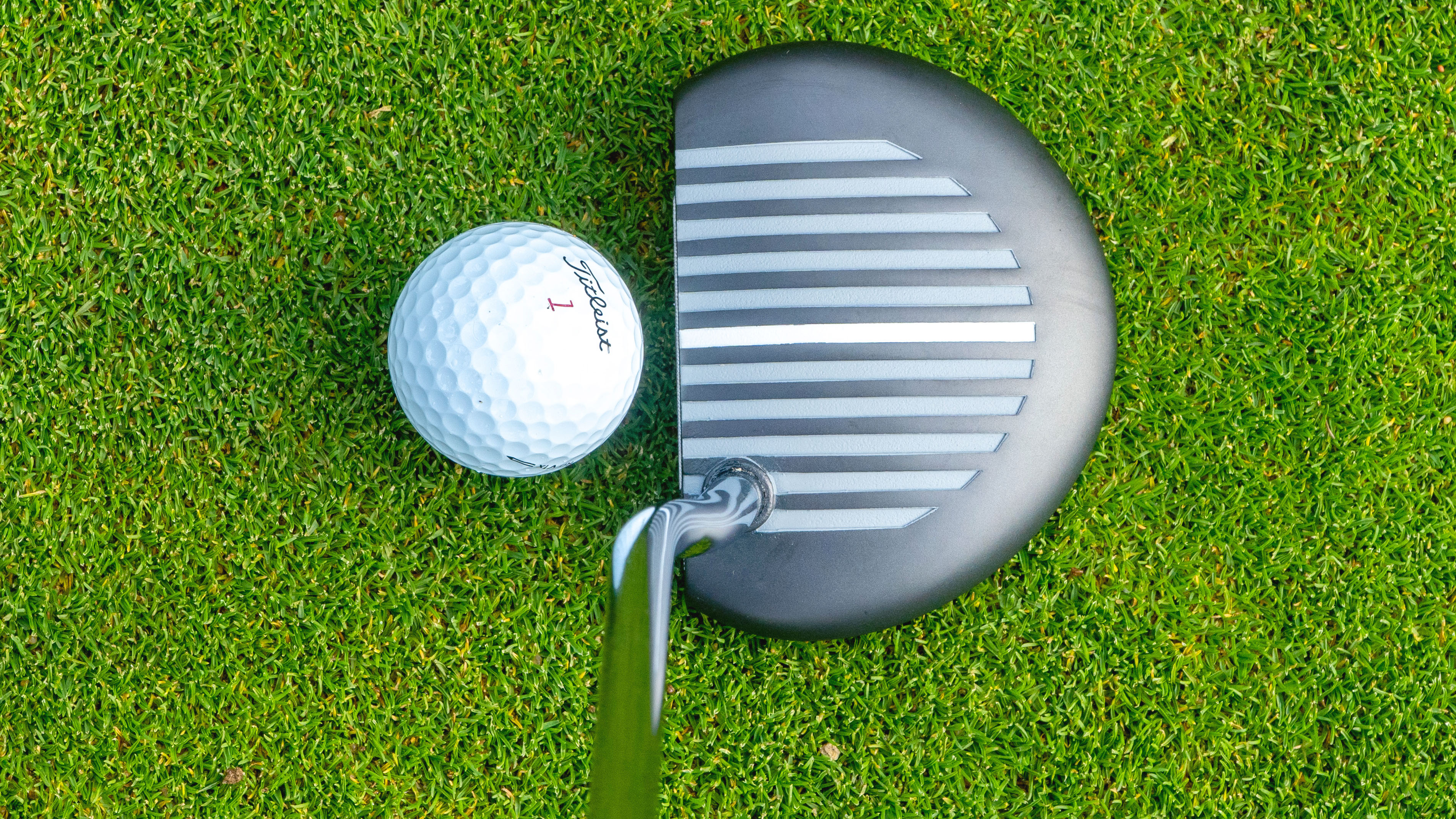
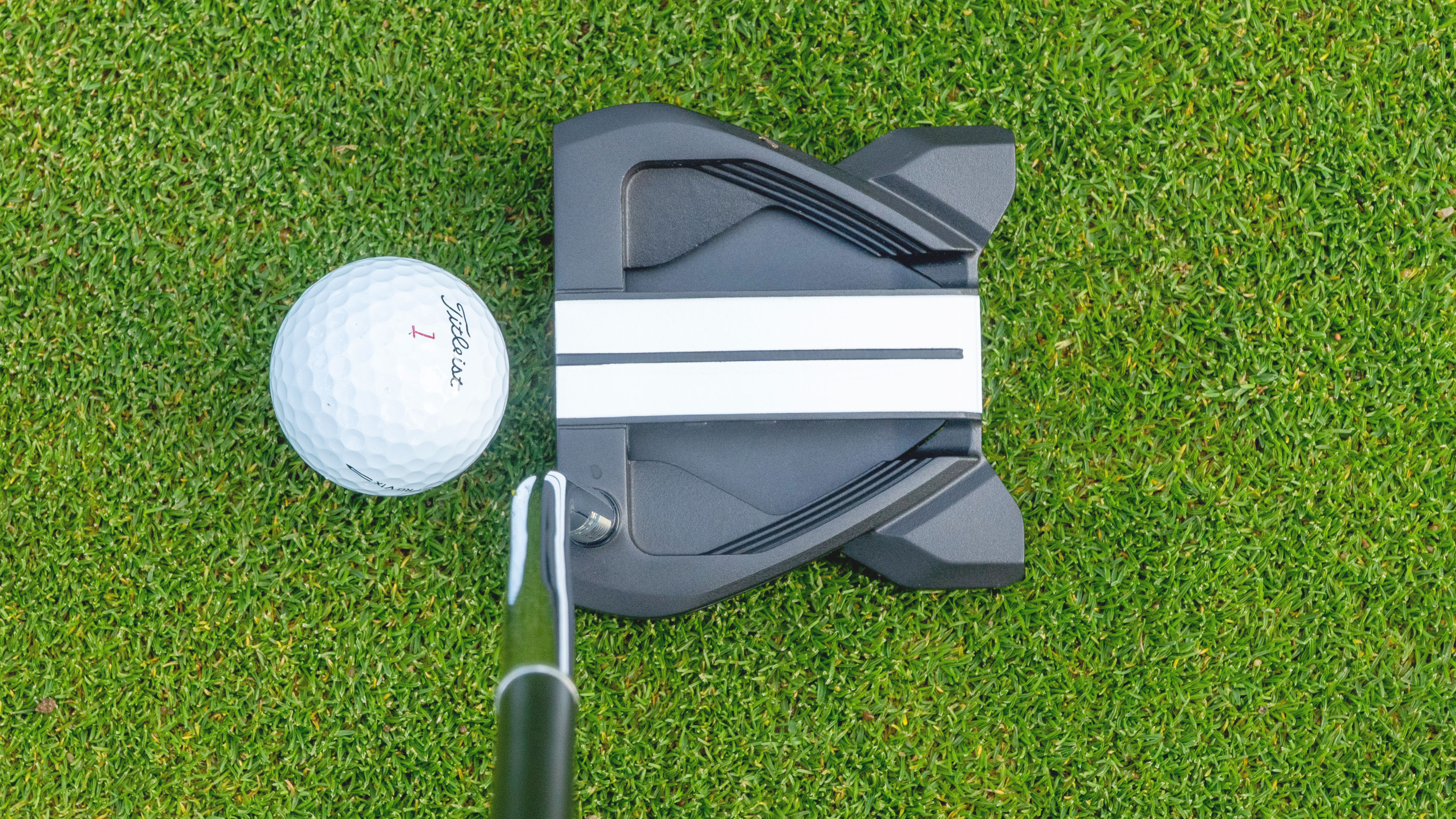
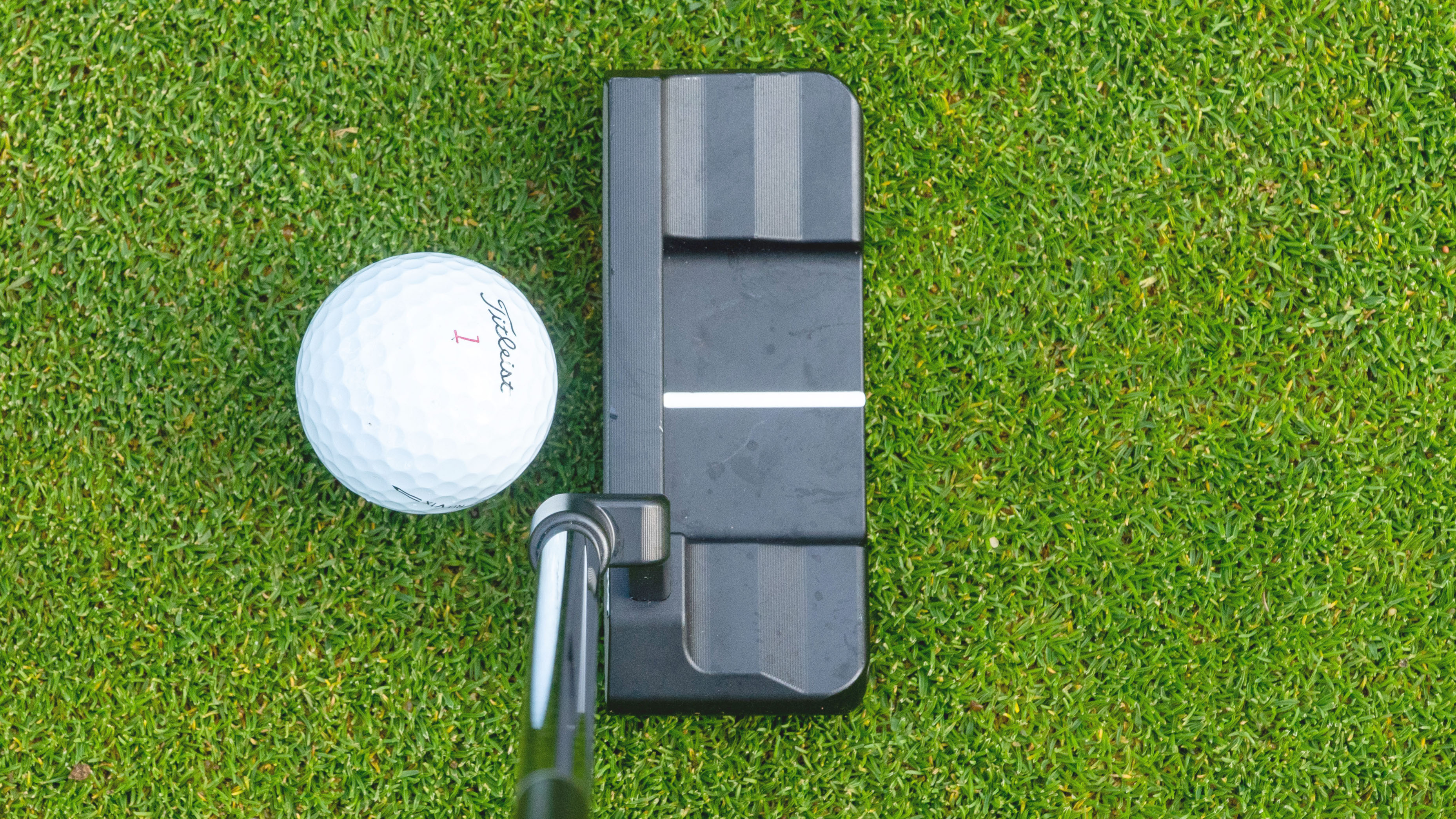
Alignment aids are a completely personal and subjective area of putter selection. There are so many options in this category that trial and error is the only strategy here. What do we mean by alignment aids though? Well, some putters can come with lines positioned (generally on the crown or flange of the putter) perpendicular to the face to help players ensure their face is square to their intended target. Some players prefer to align their putter using the face only and as such select putters that have no alignment aids whatsoever, whereas others rely heavily on the alignment aids. Tiger Woods would be an example of a player who lines up using the face rather than alignment aids and as such the only marking on the top of his putter is a simple small red dot to help him position the ball in the center of the face. Experiment with this, grab a few putters with different types of alignment options, and see what gets you lined up squarely most often.
Face material
Many putters now feature multi-material heads and also face inserts. These inserts can serve a number of purposes. Primarily, the insert will be used to alter the feel of the face to accommodate players preferring a softer or firmer feeling strike. Often these inserts are also used to assist with providing a better roll on the golf ball. Some companies believe that adding grooves to the face of the putter will reduce skidding and provide better roll characteristics. Finally, manufacturers can use a face insert to help facilitate the redistribution of weight around the head. For example, if they remove a section of the face and replace it with a lighter material, they may be able to redistribute that weight around the head to increase performance.
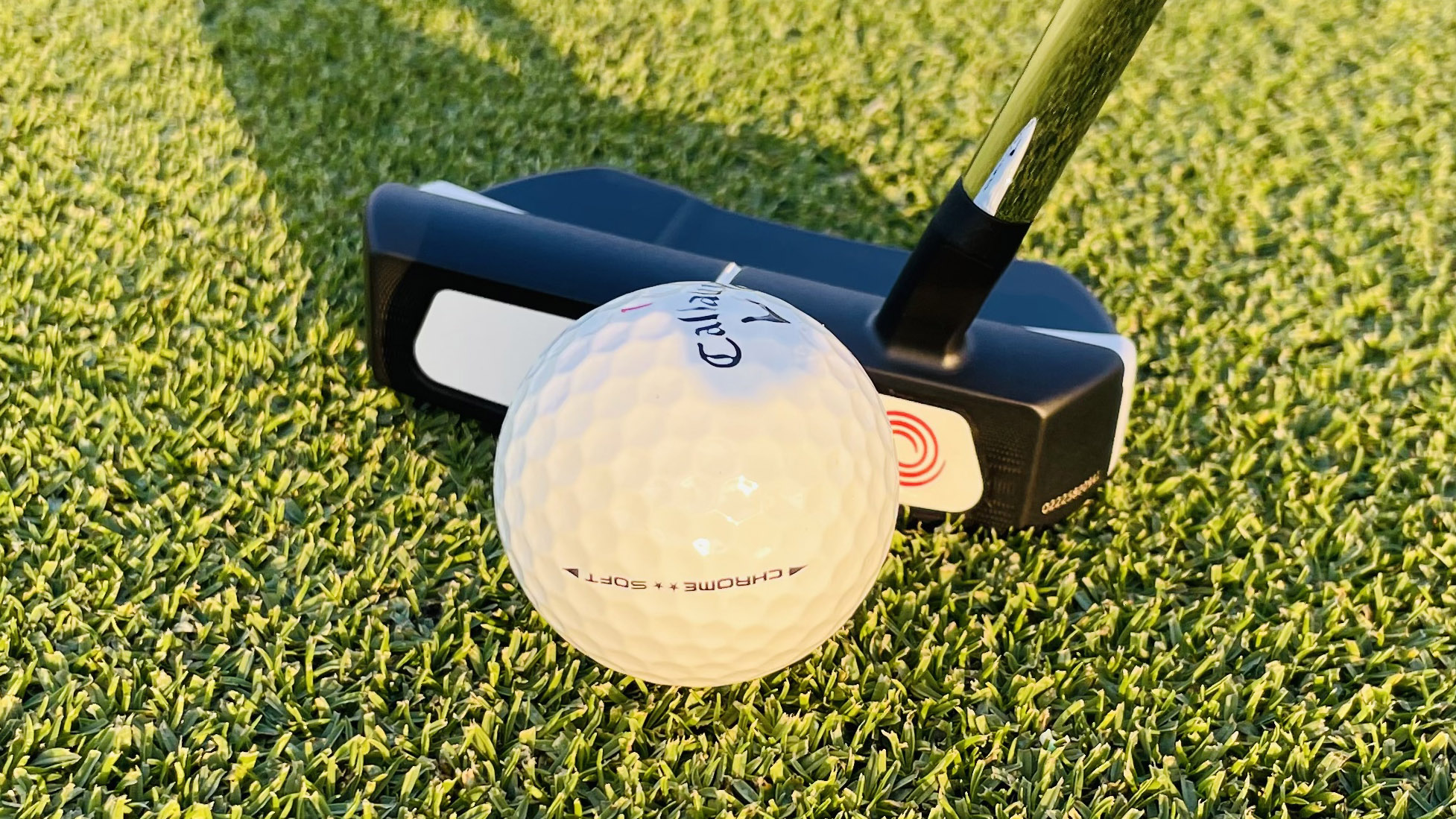
The very popular Odyssey white hot insert
A lot will depend on your feel preferences here, but also the type of greens you predominantly play on. A softer insert can help to take some speed off the ball at impact which some players feel assists them on very quick greens, with some tour pros even having their equipment companies changing their face insert multiple times a year to accommodate different green speeds.
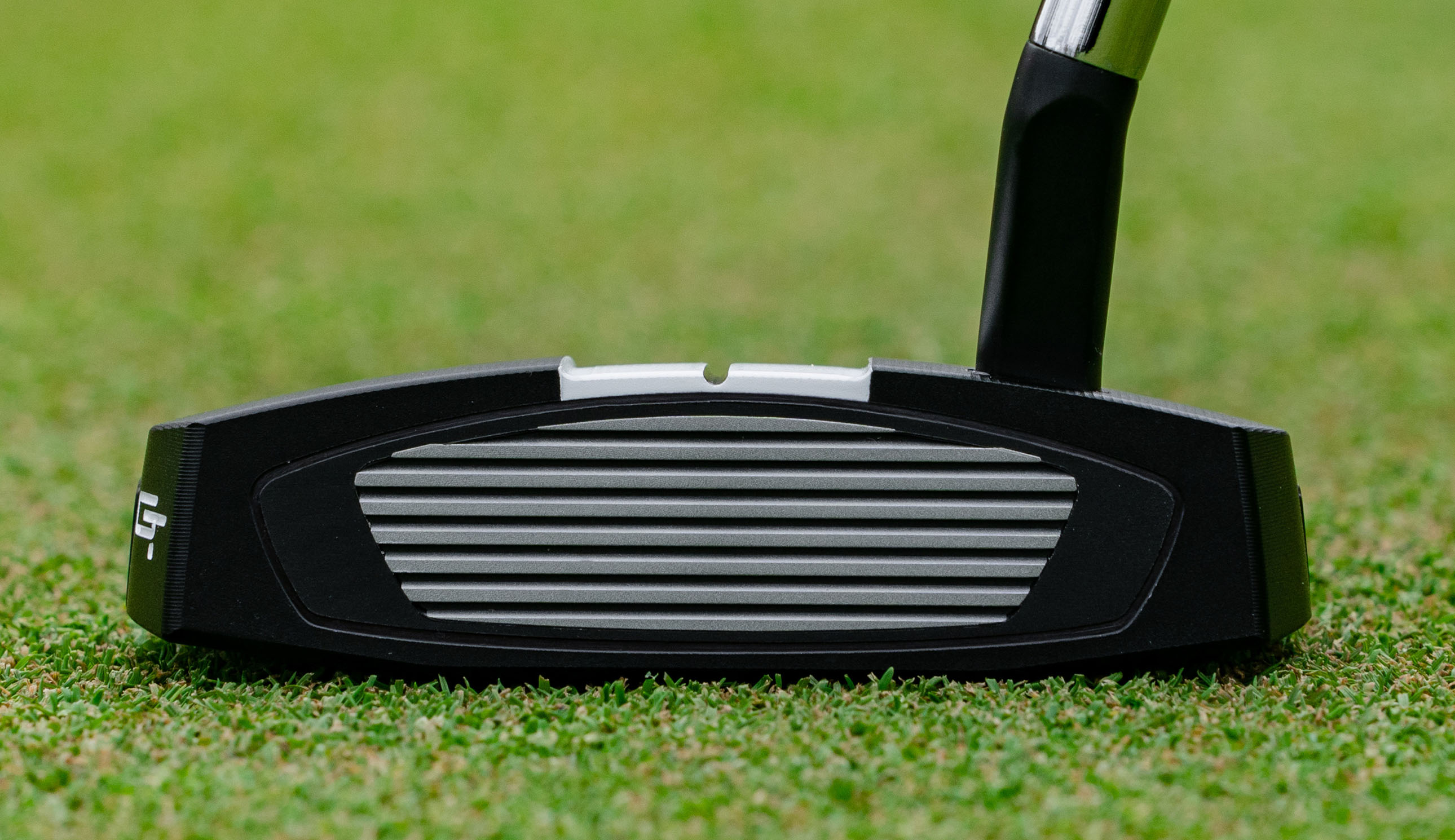
Face grooves on the TaylorMade Spider GTX putter
Length
Choosing the correct length of putter is very important in promoting good eye position and comfortable posture. Whilst many putting experts differ in their opinion of optimal eye position, it is generally considered that somewhere between directly over the ball to slightly inside the line is a good spot. As such, a putter that is too long for a player can push the ball further away from them resulting in the eyes being too far inside the ball making it difficult to align properly. Similarly, if the putter is too short the eyes can be pushed outside the line of the ball, once again causing issues with the perspective a player has to align correctly.
The correct length will also facilitate a comfortable posture, not too upright and not too stooped. A longer putter can be utilized to combat lower back issues in some cases. Tiger Woods lengthened his putter in 2021 to alleviate some of the stress on his recently fused spine.
Grip
There is now so much choice in this area that experimentation is a must. Traditional, thin rubber, pistol-style grips are still widely used but have also been joined in popularity by thicker putter grips using lighter materials. These grips are available in so many different thicknesses, weights, shapes, and tapers that the only way to address this point is through good old-fashioned trial and error. Read our guide on whether you should be using an oversized putter grip for more information.
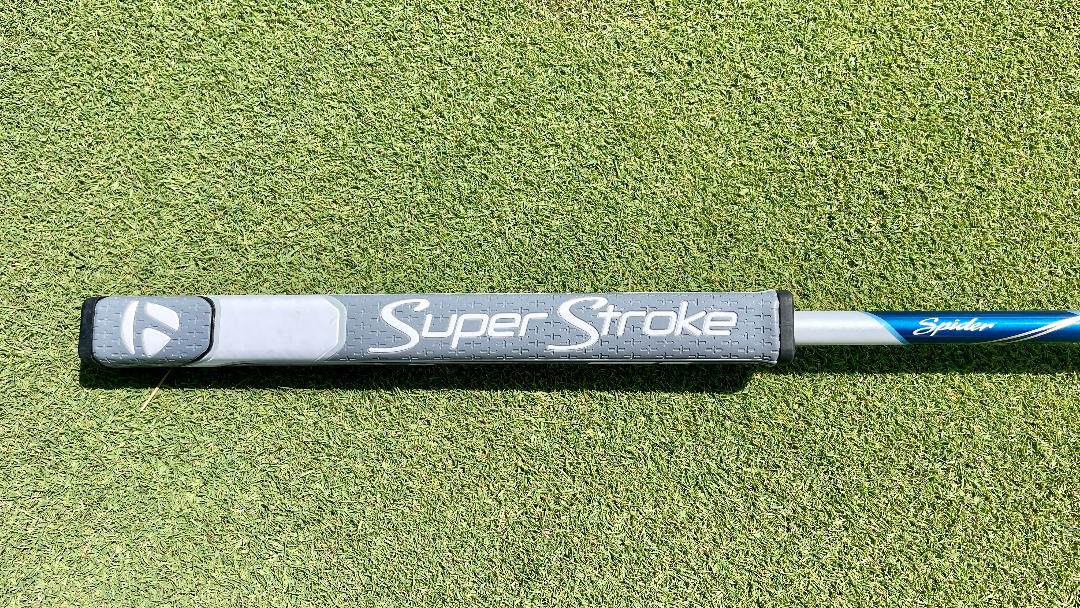
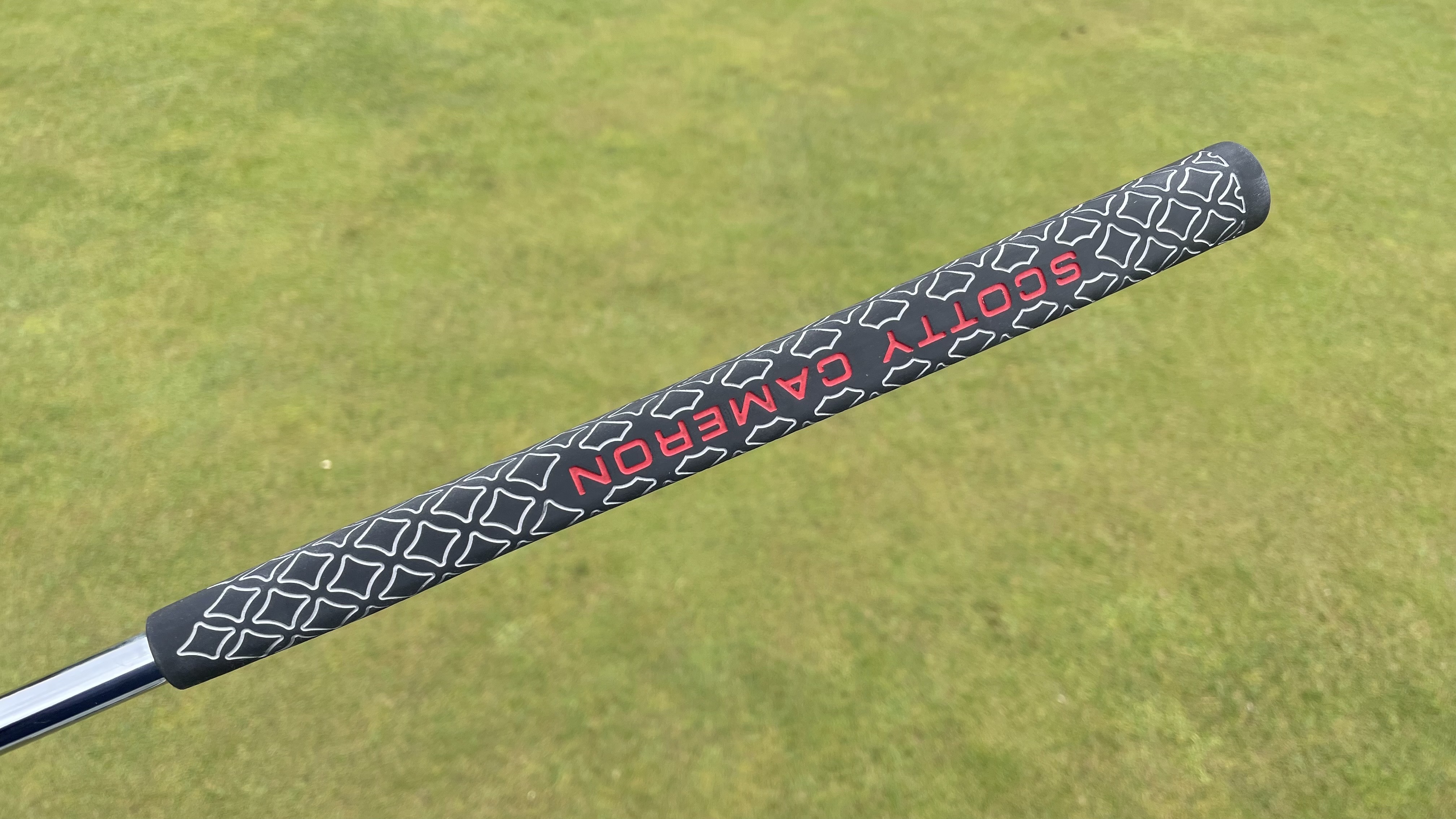
Shaft
Shaft technology in putters is certainly a growth area, with many manufacturers now offering specialty shafts for putters. Whilst many putters you will see at retail will still be fitted with a traditional steel shaft, graphite, and even multi-material shafts have been growing in popularity in recent years, with some focussed more on specific flexes for certain stroke types while others more focused on distributing mass in specific areas to alter the balance and swing weight of a putter.
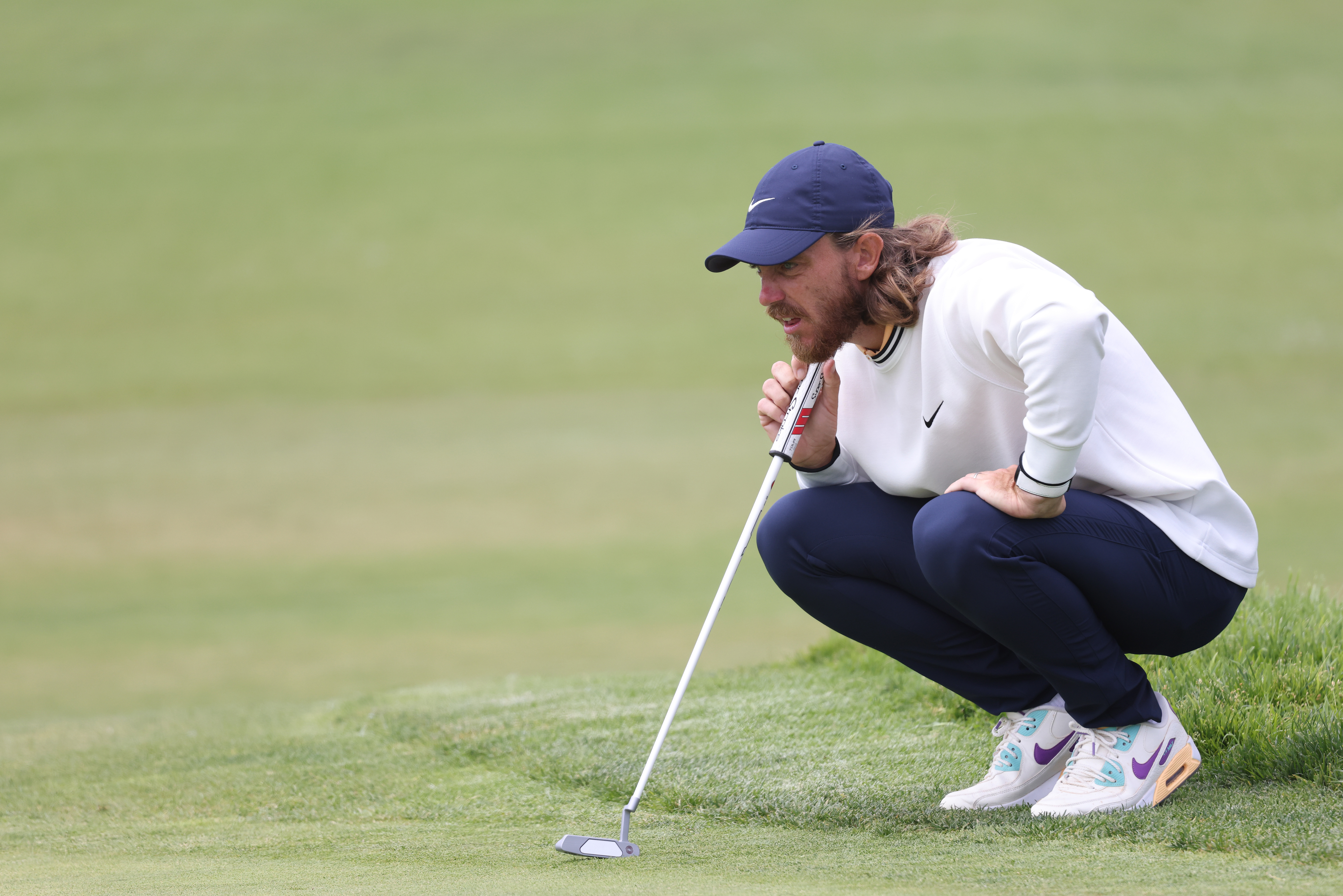
Tommy Fleetwood using a graphite putter shaft from LA Golf
Alternative putting styles
Putting is truly the most individual and open-to-interpretation area of the game. Even when watching golf at the highest level nowadays, it is rare to see the same method being implemented by any or all of the same group. Outside of different grips, such as the claw, pencil, and prayer grips, there are also some more extreme variations in technique. Arm-lock has become more and more popular in recent times, where a player using an over-length putter rests (it's important not to say anchors here!) the excess length against their forearm preventing any excess wrist motion or flicking. Bryson Dechambeau, Webb Simpson, and Matt Kuchar are some of the pros using the arm-lock method. The broom handle method is one that is still very popular out on tour, with players such as Bernhard Langer, Adam Scott, and Lucas Glover using this to great success.
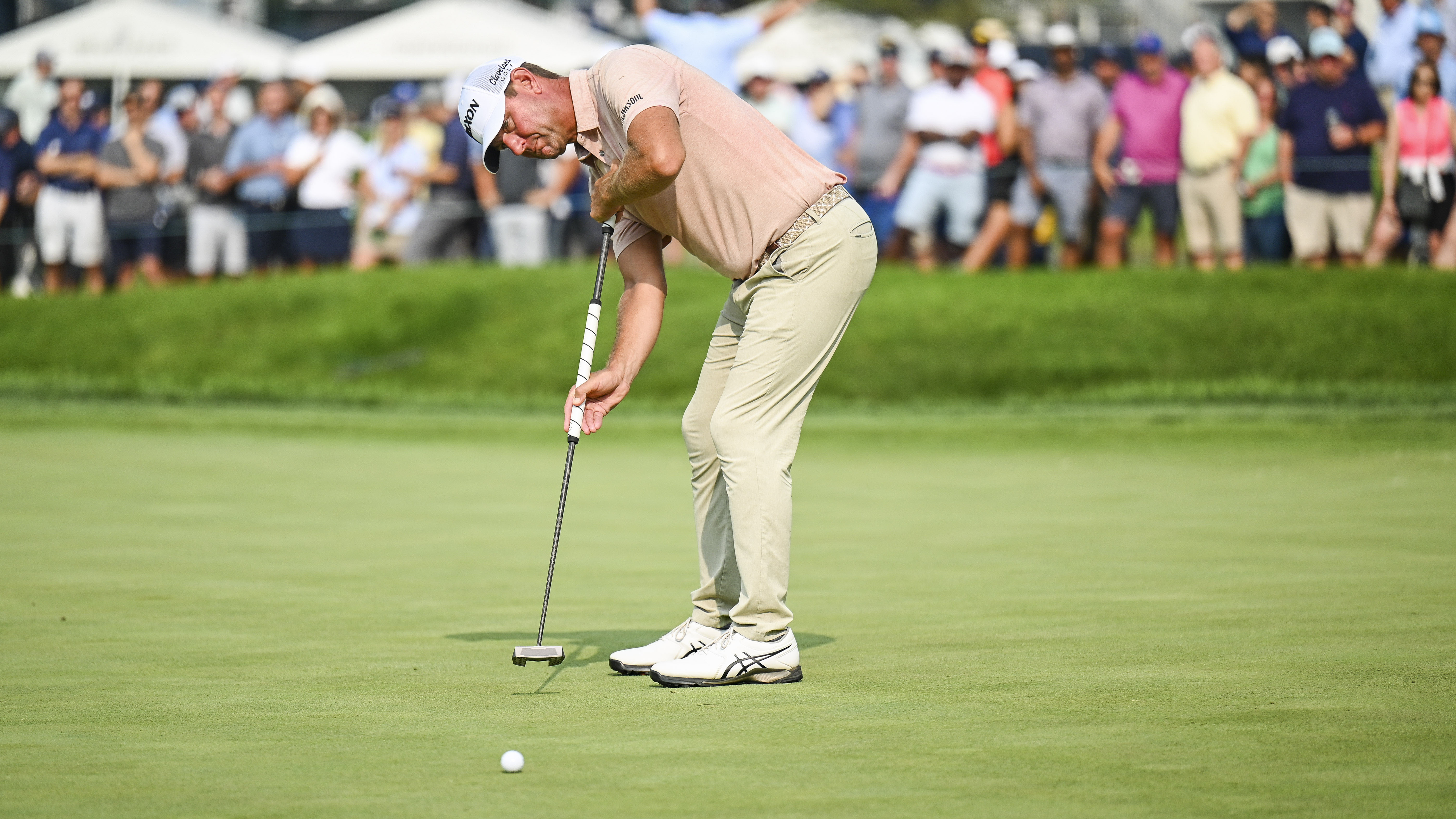
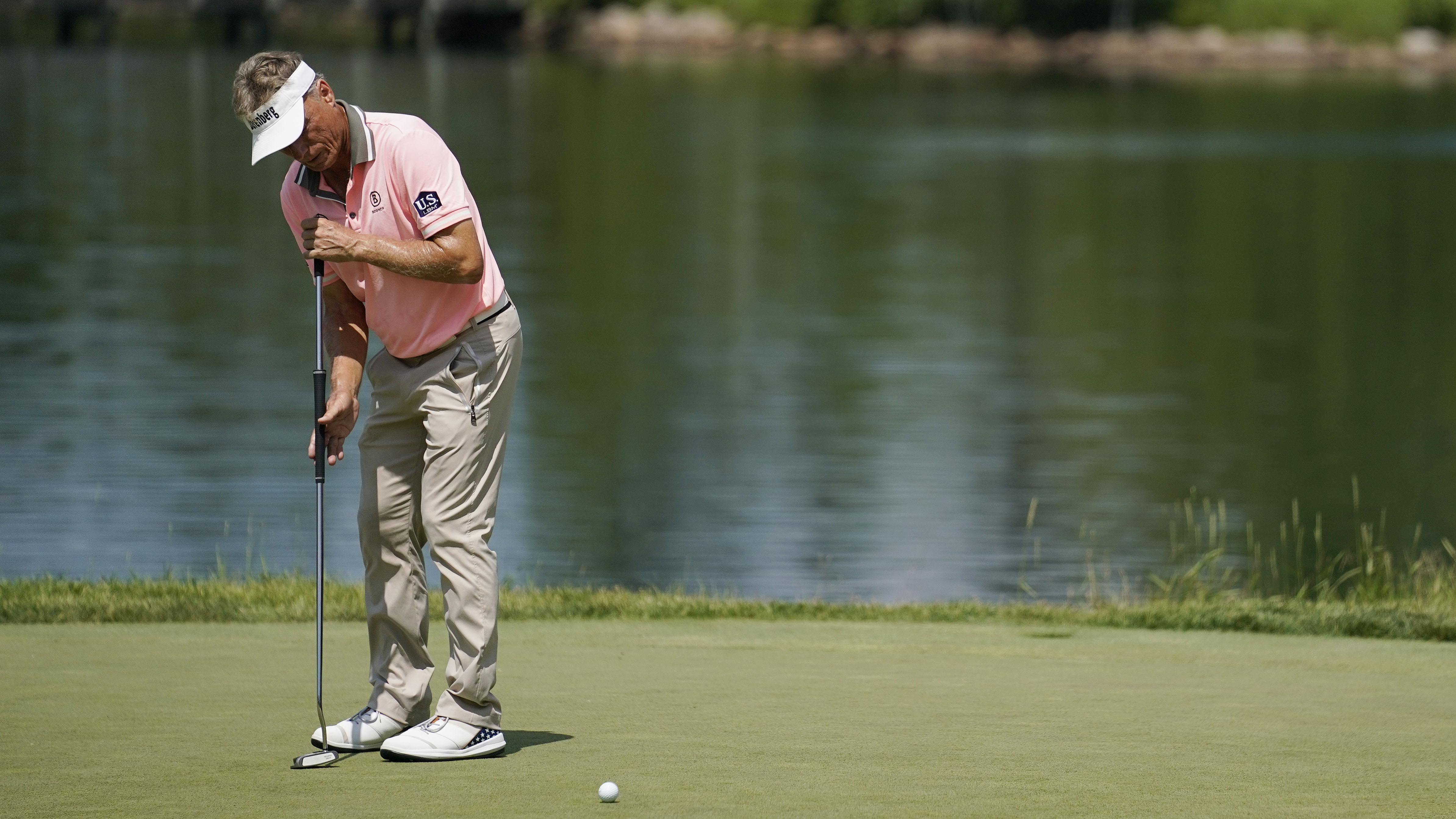
These are some of the main areas of consideration when selecting a putter for yourself. There are many expert custom fitters available which would always be a good idea, but also experiment yourself and find your own preferences to establish your perfect putting formula.

Joe has worked in the golf industry for nearly 20 years in a variety of roles. After a successful amateur career being involved in England squads at every age group, Joe completed his PGA degree qualification in 2014 as one of the top ten graduates in his training year and subsequently went on to become Head PGA Professional at Ryder Cup venue The Celtic Manor Resort. Equipment has always been a huge passion of Joe’s, and during his time at Celtic Manor, he headed up the National Fitting Centres for both Titleist and Taylormade. He’s excited to bring his knowledge of hardware to Golf Monthly in the form of equipment reviews and buying advice.
Joe lives in North Devon and still plays sporadically on the PGA West region circuit. His best round in recent years came earlier in 2023 where he managed a 9 under par 63 at Trevose GC in a Devon & Cornwall PGA Tournament.
Joe's current What's In The Bag?
Driver: Switch between TaylorMade Qi35 and Callaway Elyte TD - both with Fujikura Ventus Black 6-X
Fairway wood 1: TaylorMade BRNR Copper Mini Driver - Fujikura Ventus Black 7-X
Fairway wood 2: Callaway Apex UW 17˚- Fujikura Ventus Black 9-X
Irons: TaylorMade P7CB 3-PW with Dynamic Gold Tour Issue X100 shafts
Wedges: Callaway Opus 50, 54, and 60 degrees - Project X LS 6.0 shafts
Putter: LAB Golf Oz.1 (zero shaft lean)
Ball: TaylorMade 2024 TP5x
Grips: Golf Pride Tour Velvet 60R
Bag: Vessel Player IV Pro DXR Stand
-
 JM Eagle LA Championship Prize Money Payout 2025
JM Eagle LA Championship Prize Money Payout 2025The LPGA Tour heads to California for the JM Eagle LA Championship, where the largest prize money payout of the season so far is on the table
By Mike Hall
-
 Corales Puntacana Championship Prize Money Payout 2025
Corales Puntacana Championship Prize Money Payout 2025The PGA Tour’s latest opposite field event features an attractive prize money payout and some former champions in the field
By Mike Hall
-
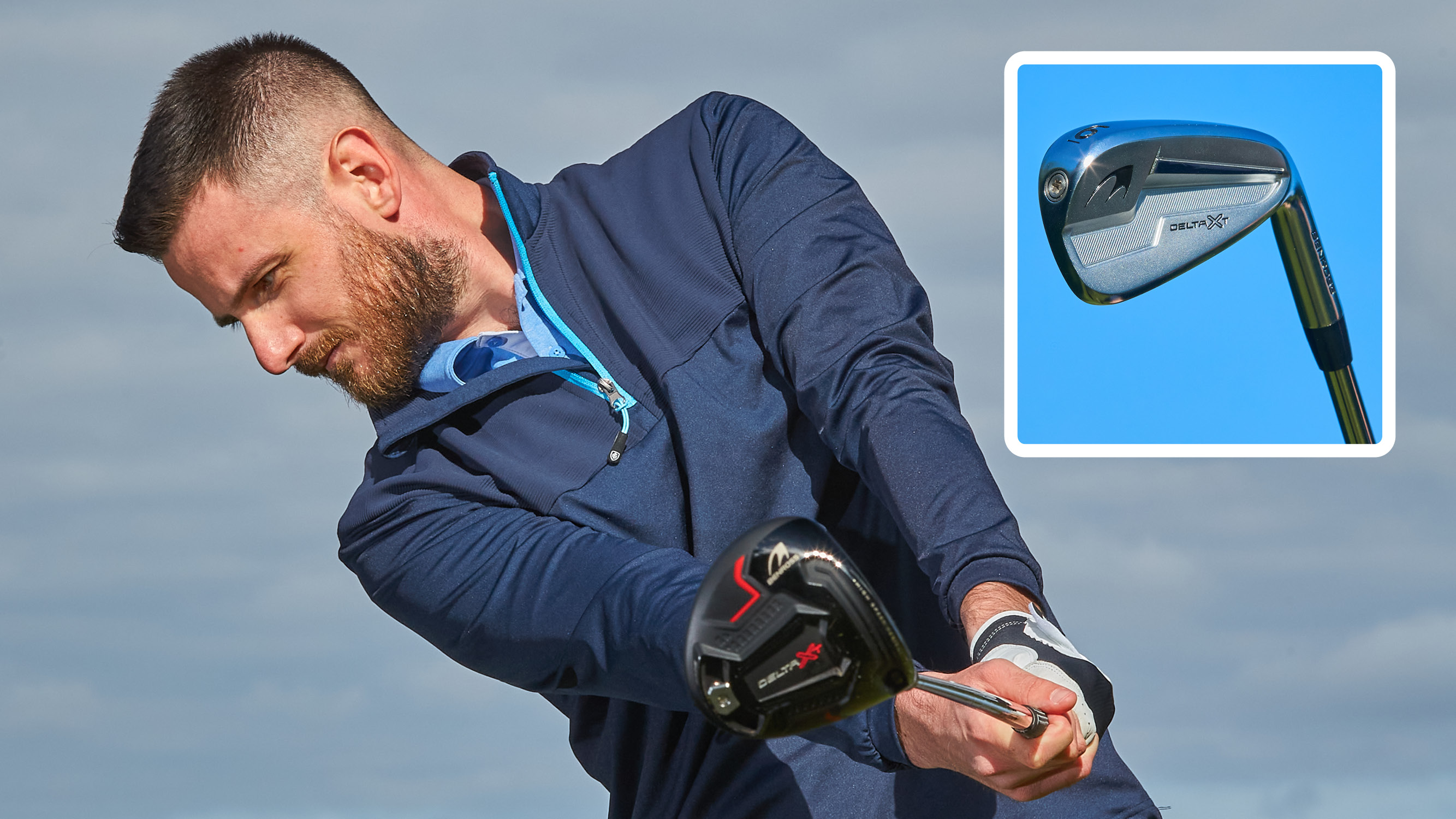 5 Benefits Of Having A Club Fitting... And It Won't Break The Bank!
5 Benefits Of Having A Club Fitting... And It Won't Break The Bank!Custom fittings are a popular way for golfers to upgrade their equipment... but what are the key benefits of this process?
By Barry Plummer
-
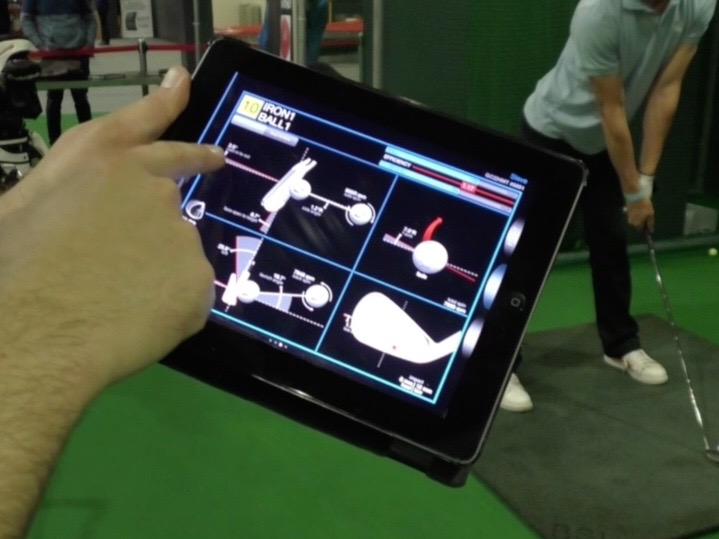 The importance of lie angle with Rick Shiels
The importance of lie angle with Rick ShielsRick Shiels highlights the importance of finding the right lie angle with London Golf Show pupil, Stephen Halloran
By Jeremy Ellwood